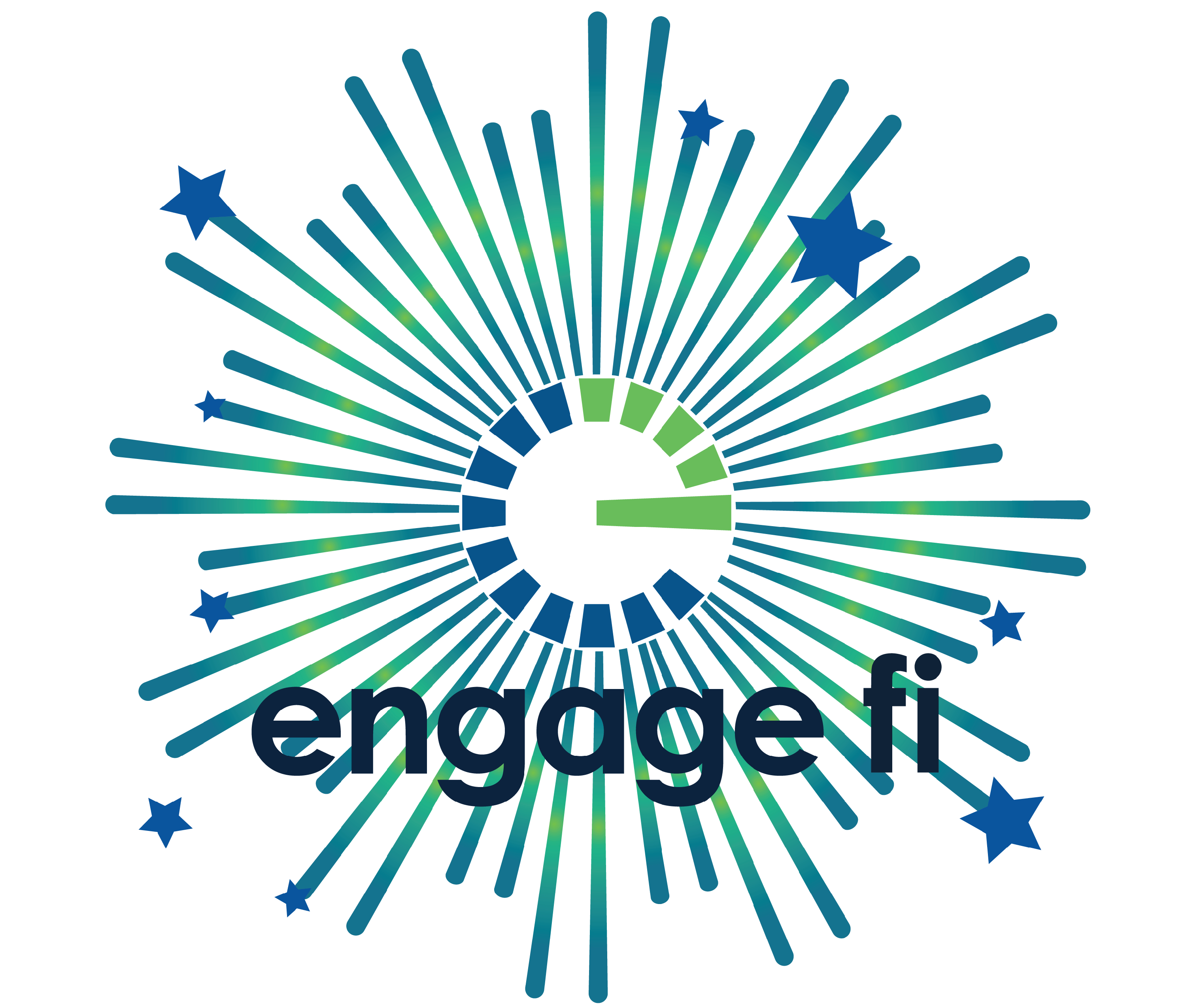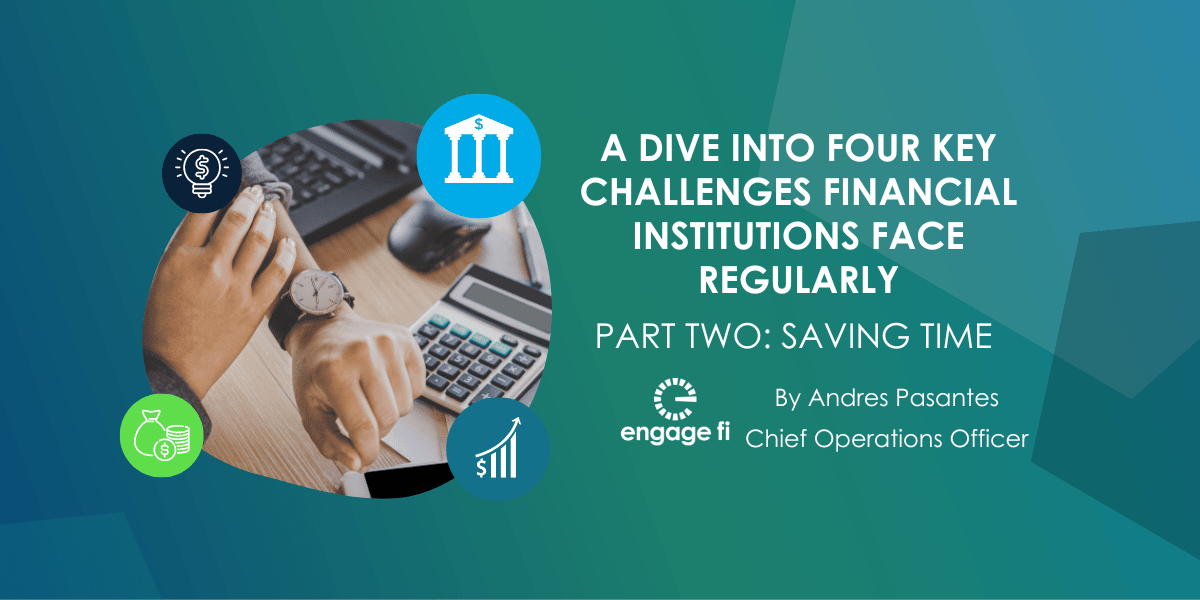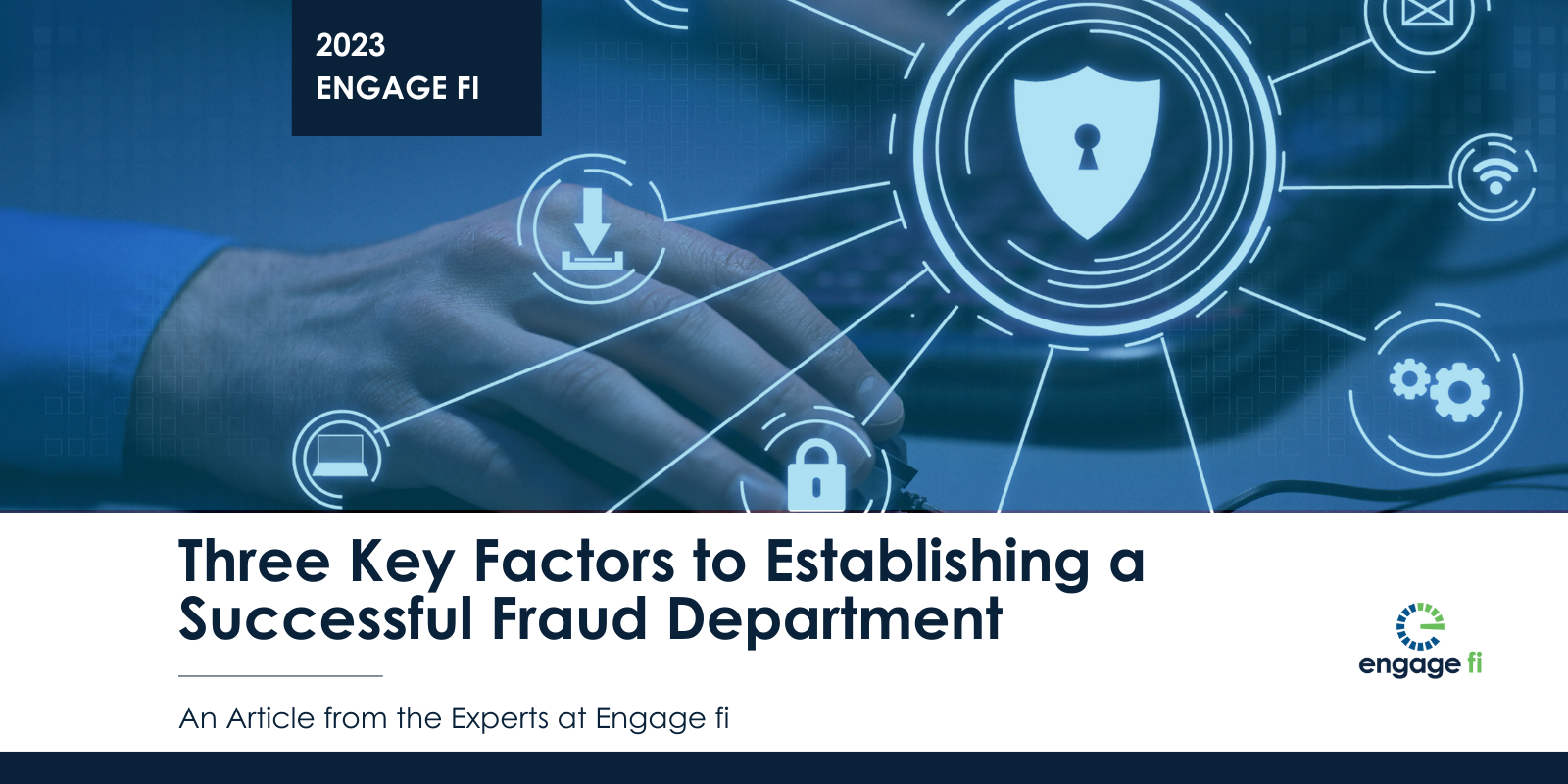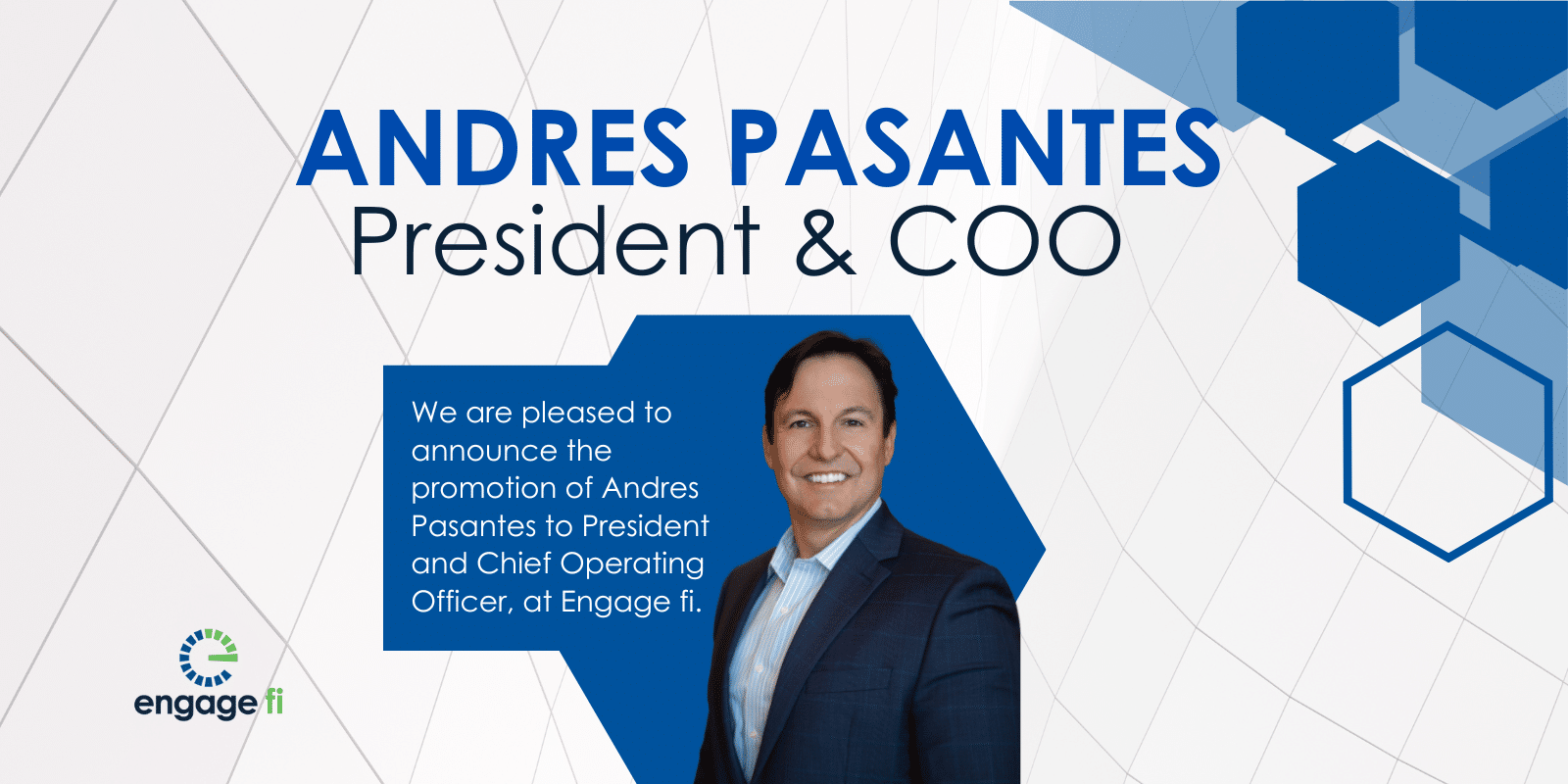The 3 Reasons Your Financial Institution Deserves a Consultant
By Jenn Addabbo
Navigate this high stakes process with precision.
A solution delivering fast, efficient, and accurate core data.
Digital solutions to grow, scale, and outperform.
Reliable, efficient, and integrated core platforms deliver results.
Select modern communications channels to integrate with core and digital solutions.
Strategic Planning
Support services for the strategic planning process at every level.
M&A Planning
Realize the key value drivers resulting from your merger or acquisition.
Performance Benchmarking
Tailored metrics and benchmarks designed to assess relationships.
Organizational Efficiency
Enhance efficiency across branches, digital channels, and contact centers.
A digital library of industry news, analysis, best practices, and thought leadership tailored to the challenges and opportunities faced by financial institutions.
Our in-depth analysis of conversion strategies, M&A activity, and the evolving landscape of financial services.
A podcast channel for the time-constrained banking professional delivering sharp insights on fintech, strategy, and leadership to help you stay ahead in a fast-changing financial world.
For 360fi Workflow clients only. Sign in to access the workflow library and other guides, forms, and tutorials.
3 min read
 Marketing
:
Aug 3, 2022 10:38:18 AM
Marketing
:
Aug 3, 2022 10:38:18 AM

By Andres Pasantes
Chief Operations Officer
Engage fi (formerly CU Engage)
Part one of this four-part article series—”Saving Money”— discussed how financial institutions can improve cost structure and compete in today’s market. Part two of the series will address strategies to save time by understanding goals and aligning vendor contracts accordingly.
Financial institutions are faced with a wide range of ever-changing services and procedures in today’s marketplace. However, by implementing industry-proven best practices, banks and credit unions will not only save time but will also get more out of vendor relationships and create a robust business model to ensure long-term success.
This four-part series dives into the top four challenges financial institutions face:
Part two addresses how financial institutions can save time and maximize available resources. Specifically, managing long-term costs, improving existing business frameworks, and building on current strengths can help your credit union or bank achieve operational goals faster and move from good to great. To get there, consider directing your efforts to the following best practices.
A significant amount of time can be saved by getting to vendor terms faster. Determine how your financial institution can create efficiencies within the request for proposal (RFP) or project management process. Look for areas that might not require a complete RFP or opportunities for a proposal to be written at a higher level to accomplish the same goal as one with more granular detail. The goal should always be to automate as much of the process as possible. Much of an RFP can now be completed virtually. Controlling how much time vendors have to showcase their products reduces the time needed for discovery, shortening time spent from days to hours. Addressing these needs carefully can reduce timeframes, allowing your financial institution to get to terms earlier and spend less time on the overall project. To be more effective, third-party support can help maximize savings and, in some cases, come to new terms before your current contract end-date.
Do you need a new vendor, or will your existing partner address your goals adequately? Financial institutions do not need to spend time or resources reviewing five or more new vendors. Sometimes it’s better to look at precisely what you want and the experience you need from current vendors — you may already have a good partnership that simply needs reestablished guidelines and service level agreements. Often, after hitting the reset button, many financial institutions will find that they are already working with the right people. You don’t always need to go through the time and effort of a full vendor RFP process, you just need to make sure you’re hitting your key initiatives.
Working with a consultant provides instant access to a skill set that might not exist in-house. A consultant’s value is their knowledge and expertise coupled with a deep understanding of a proper evaluation process. The best consultants are vendor-agnostic and have a unique perspective of market conditions. Keeping up with cybersecurity, the fintech boom, and ever-changing processes can burden a financial institution’s already over-taxed resources. A consultant can help you troubleshoot and identify areas that need to improve while helping you achieve success much faster than scrambling through details with limited staff and experience. Partnering with a consultant can save your financial institution a substantial amount of time while giving your employees a chance to wear fewer hats so they can focus on core priorities.
The benefits of saving time go well beyond the clock. Improved employee productivity and satisfaction, better efficiencies, and new vendor strategies help you save valuable time and resources. However, when these best practices are implemented together, they can positively impact your financial institution’s bottom line and help you achieve success more effectively.
Be sure to check back for part three of our series—Solving Problems. We will address many of the difficulties financial institutions face and provide real time best practices to address these challenges head on.
Andres Pasantes is Engage fi’s Chief Operations Officer. He is responsible for business operations, client experience, and the successful delivery of all services.
Andres has over 25 years of experience in financial services, formulating strategic plans, successful technology conversions, and long-term executive partnerships. He held various leadership positions at Fiserv, Open Solutions Inc, FIS, and D+H within their credit union and community bank segments.
Engage fi has saved its clients over $2.5 billion in savings and incentives. To learn more about how Engage fi can help your financial institution, visit www.engagefi.bssdev.com
By Jenn Addabbo

What is Fraud? Is fraud the wrongful or criminal deception resulting in financial or personal gain? Or is fraud a person/thing intended to deceive...

Pasantes’ Exceptional Leadership Spurs Remarkable Achievements, Expands Services for Financial Institutions and Fosters a Talented Team at Engage fi ...